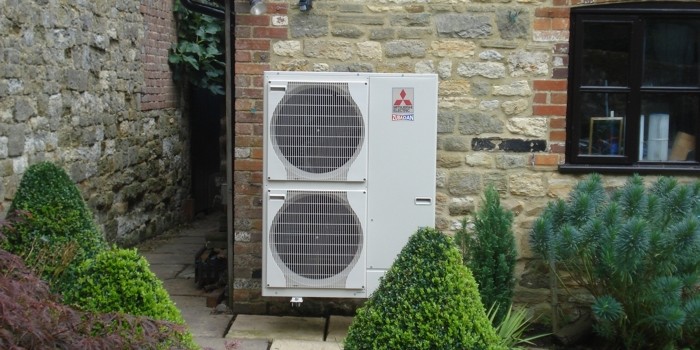
I’m sure that if you have a heat pump, you will have heard of the Renewable Heat Incentive. It is a government scheme that pays you for generating renewable forms of heat for your home, including both ground source and air source heat pumps. The payment that you get for these installations under the scheme is all based on the values given on your MCS certificate – this is the certificate from the installers that they must provide on the completion of the installation.
One of the key figures on this document is called the seasonal performance factor (SPF). It is a figure given to your system that tells you how efficient it is – you can learn more about the SPF here.
The standardised system for working out the SPF was only introduced when the RHI went live in April 2014, so any systems with certificates dating before this (sometimes called legacy systems), will have an assumed SPF of 2.5 when you apply for your RHI payment. The issue is that the higher the SPF, the higher your renewable heat incentive payments for a particular system!

What can you do about your SPF?
Don’t worry! It is possible to get a new MCS certificate and get your heat pump reassessed for its SPF. This will require a qualified MCS certified heating engineer to come out and survey the property and issue you with a new certificate. It can be a bit pricey, but if your SPF is likely to be way out, it could well be worth it.
If you do decide to go down this route, it is important to make sure the home is as well insulated as possible, and remember, just one poorly heated room with a tiny radiator can lower the SPF for the whole house, as it tends to be based on the least efficient room in the home.
How much does it cost to be reassessed and what if the SPF is lower?
The survey itself can cost around £250 or more, but the good news is that if the SPF turns out to be lower than 2.5, you can choose to ignore it and use the deemed figure of 2.5 instead. It is important to weigh up the chance of your system getting a higher SPF versus the cost of the reassessment, but to give you an idea, we have done some examples for you.
A few Examples
A 2 bed flat has an air source heat pump with a heat demand of 12,000kWh. It has an actual SPF of 3.4. After reassessment, they would get an extra £80 a year – about £560 over 7 years.
A detached house has a heat demand of 25,000kWh and has a very efficient ground source heat pump. Their SPF is actually 4.3 after reassessment. They will save around £600 a year and be £4,200 better off by getting a reassessment.
Check your figures
Hopefully that give you an idea, but basically the bigger your heat demand and SPF the greater your payment, so take a look at that heat demand figure on the bottom of your EPC and your heating and insulation. It should give you an idea of whether a reassessment is worthwhile for you.
Think we missed something? Do you have a different opinion?
Comment below to get your voice heard…












No Comments yet! Be the first one.